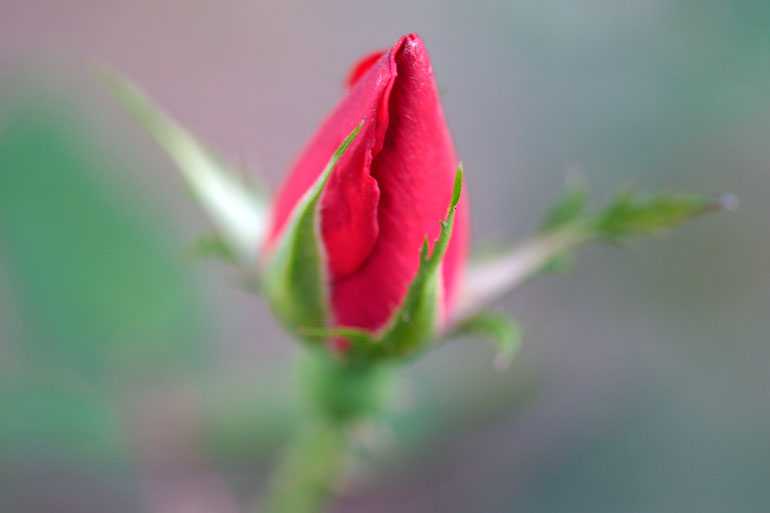FWP:
SETS == A,B; GENERATORS;
OPPOSITES; PARALLELISM; PHIR; REPETITION
LOSING/FINDING: {4,6}
PARALLELISM verses: {4,5}*; {4,6}; {9,4}, offbeat; {17,7};
{19,6}; {20,9};
{21,12}*; {22,5}*;
{22,6}*; {26,8};
{31,1}; {33,7};
{34,5}; {37,1}, of structure of all the verses; {37,6x};
{42,1}; {47,3x}; {48,1};
{49,11}*; {51,8x}*;
{62,9}; {62,10};
{63,1}; {71,2}**;
{71,7}; {77,3};
{84,5x}; {87,1}; {91,3};
{91,5}; {91,7};
{91,8}; {96,1}; {96,8x}; {97,9};
{97,10}*; {102,3};
{107,3}; {109,2x};
{111,15}; {113,7}; {115,7};
{120,11}; {123,12x}; {125,3};
{127,3}; {131,8}**;
{136,3}; {137,3x}; {153,4}*;
{155,3}; {157,6};
{161,1}; {164,1};
{164,4}; {164,5}*;
{169,7}; {169,8};
{184,2}; {186,5};
{190,9}; {190,12x}*;
{191,7}*, Ghalib's letter; {191,8};
{194,1}; {194,2}; {201,7};
{201,8}; {204,1};
{204,2}; {205,4};
{208,2}; {208,3};
{208,4}; {208,5};
{208,9}; {209,5};
{209,6}*; {209,7};
{209,8}; {211,4x}, interesting case; {215,6}*, limit case;
{215,7}; {229,1} // {283x,6}; {360x,6}**; {385x,3}; {413x,1}; {438x,7}*
The second line here strongly evokes in its parallelisms the second line of {4,2}-- dard kii davaa paa))ii dard-e be-davaa paayaa -- and will be echoed in turn in the second line of {4,6}-- ham ne baar-haa ;Dhuu;N;Dhaa tum ne baar-haa paayaa . In all three cases the line is split at the midpoint (which in this meter makes possible a quasi-caesura) and parallel phrases are placed on each side, involving repetition, sound echoes, and the use of an arresting and paradoxical-seeming statement.
If anything, this one is the most intriguing of the three instances, because each half of the line is also paradoxical in itself. If a heart has already turned into blood and thus melted away, how can you 'see' it in this state? And gum kiyaa hu))aa paayaa works just as neatly in Urdu as 'I found it lost' does in English. For another study in lost/found subtleties, compare {153,6}.
This verse is unusual in that the various relationships that are usually negotiated between the first line and the second are here negotiated between the first half of the first line, and the second half of the first line combined with one or both of the two halves of the second line. Bekhud Mohani does an excellent job of suggesting some of the wide variety of ways in which those relationships can be arranged. (In fact, Bekhud Mohani does such a lovely, imaginative job that I want to salute him for it, and to thank him for opening my eyes to some of these possibilities. How I wish that he and the other commentators would do this kind of thing more often!)
For example, does 'the bud again/then began to bloom' refer to the speaker's heart's being turned to blood, or to the spring season? Is the losing of the heart the same as its being turned to blood, or are these two different situations? Is there a cause and effect relationship of any kind here between the bud blooming and the fate of the heart? If there is, which is the cause and which the effect? This verse is an inherently unresolvable one, with so many possibilities generated that no definitive interpretation is possible.
The convenient little adverb phir can
readily be used to mean either 'again' or 'then', which makes it another excellent
tool for creating multivalence.

Nazm:
A lover without a heart expresses the suspicion about the bud, that this is my heart which had been lost for a long time. (4)
== Nazm page 4